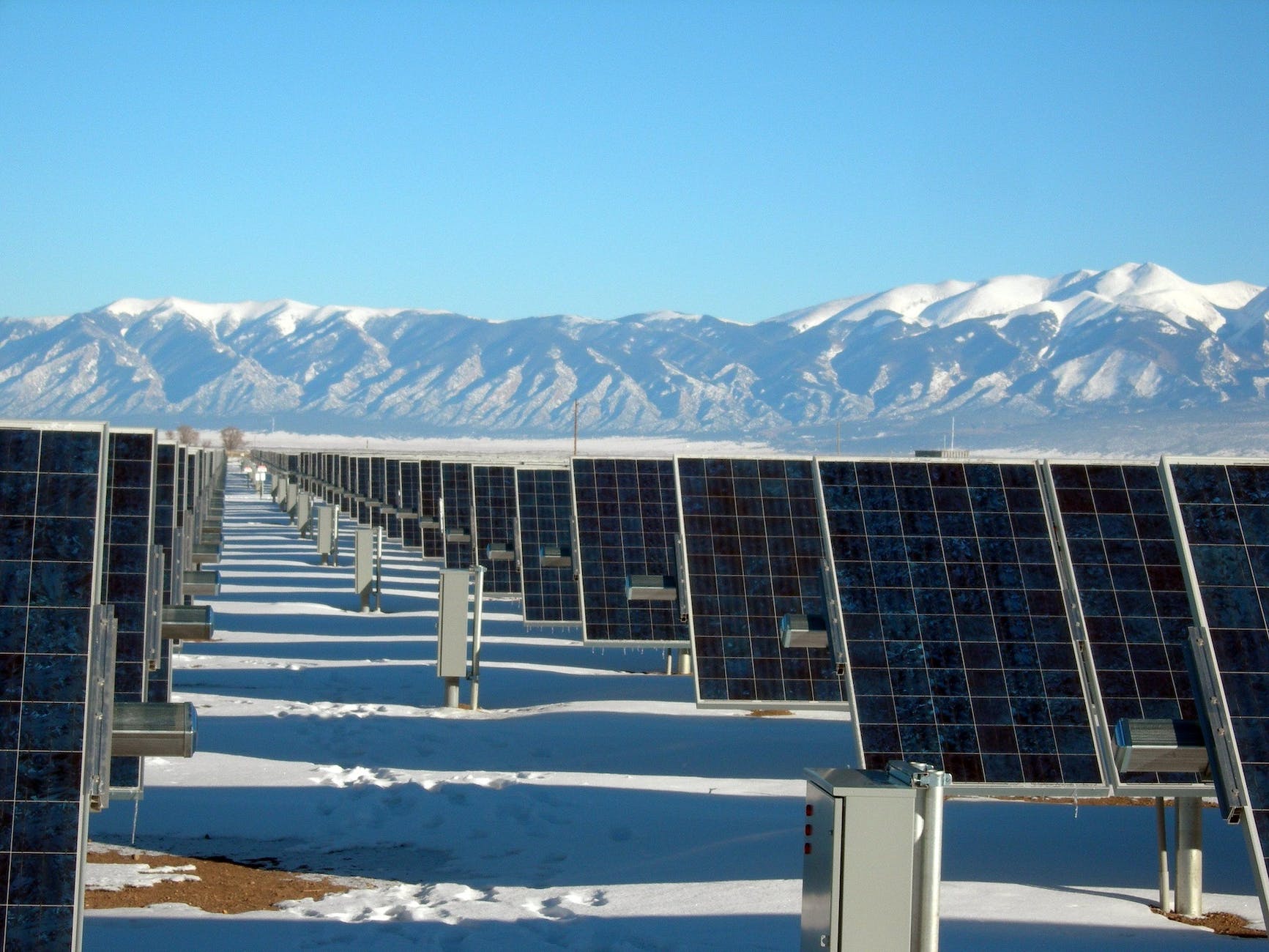
Green.org sat down with Greg Russell, Senior PV Designer & Analyst at Valta Energy, to learn about the future of Solar Technology.
Greg, thanks for being here. Tell us a little bit about you and your background:
I am a Senior PV Design Engineer & Analyst with 11+ years in the solar industry. After a successful career in the music industry, I wanted another outlet to make an impact in the world. Solar energy was a passion that provided that avenue for me. I started out in the Residential sector, helping homeowners in San Diego eliminate their high SDGE bills. After a few years I transitioned over to system design, utilizing my engineering education from UCSD and the Solar Institute of Design and Engineering, where I became NABCEP certified. I made a lateral move over to large commercial and industrial solar, designing everything from churches, schools, business parks, stadiums, to large groundmount arrays and carports. I also find the best avoided cost, post solar rate, and custom battery sizes. When production modeling is requested, PVSyst is my go to software for an accurate production factor. Having a great team here at Valta Energy has been crucial in approaching projects the right way. I find that having good, open communication with your team is key to bringing a project to fruition.
What is a fun fact about you?
I am currently working on a new record with Kenny Roger’s nephew, helping him carry the torch for the Rogers family, and opening my own recording studio where artists can come together and manifest their musical visions.
Why do you think climate change and sustainability is such an important topic today?
Climate change is the most significant challenge to achieving sustainable development, and each country needs to find its own way to deal with uncertainties while finding their best options for low-carbon growth and emissions reduction. Sustainability effectively improves the quality of our lives, protects our ecosystem and preserves natural resources for future generations. In order to have healthy communities, we need clean air, natural resources, and a nontoxic environment. With an ever growing world population, these topics are of high priority.
What do you envision your industry looking like 10 years from now?
Companies will need to plan for upgrades in inverter + software tech and prepare for advancements in battery tech. I see solar modules offering higher efficiencies with better cell structures, producing more kWh in shaded areas. Solar will become even cheaper and more commonly used than today. Small-scale power grids, or ‘micro-grids’ may actually become cheaper to attach to and draw power from than large-scale centralised power plants. Due to this, developing countries may begin to become covered with small microgrids of solar power as it grows in popularity over the next few decades.
What can the average person do to make a difference?
Since the size of an individual’s carbon footprint is mind boggling, one can prevent many tons of GHGs from entering the atmosphere just by changing a few habits. By eliminating a quarter or half of your emissions, they can prevent 100’s of tons of GHGs from entering the atmosphere over the course of their life. It only takes small changes to everyday behaviors to significantly reduce energy demand. Utilizing weatherization and using energy-efficient appliances, as well as energy efficiency measures such as turning down thermostats, washing laundry with cold water and air-drying it rather than using a dryer are a great start.